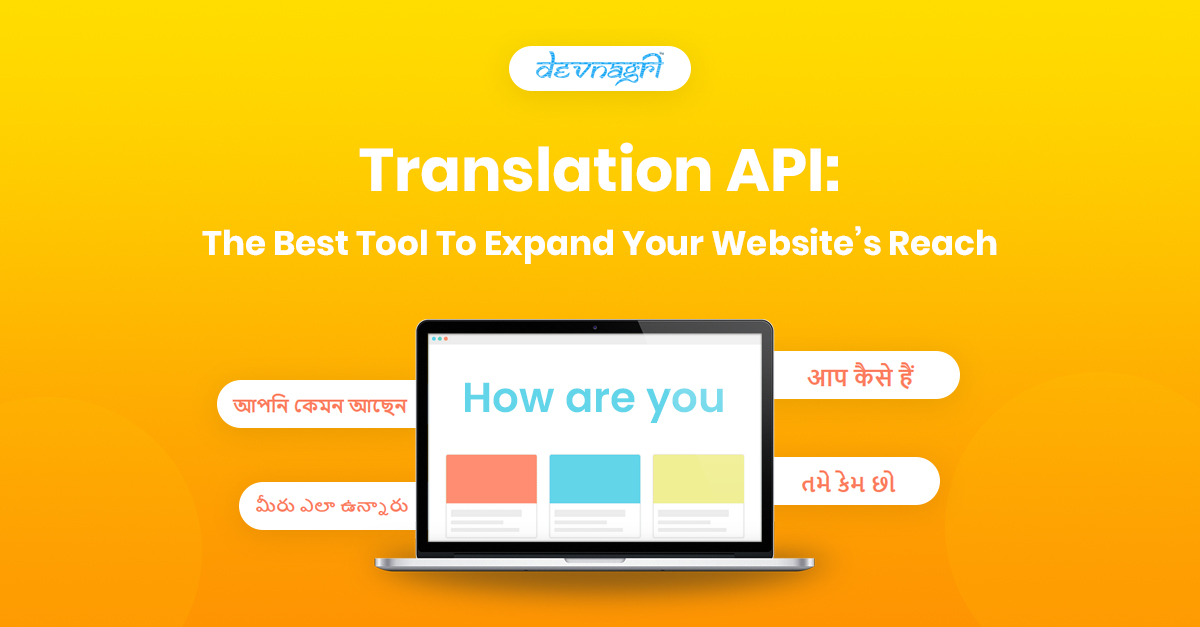
[:en]The world is increasingly globalized, making it easier for a business to cross its borders. The physical limits are getting smaller, but there is still a problem in the internationalization of a business: the language. Therefore, solutions such as translation APIs have emerged.
Having a local website with localized content is enough for most firms, but going global is the way if you really want to unlock your website’s full potential. The basic step to going global is to expand to international languages through translations. This process has been significantly simplified, with automated translation services becoming really popular.
Why use a translation API?
To massively expand, you need a translation API
Going locally is often not enough. What’s the point of making your services online if you’re not going to tap into global markets? In international markets, there is a lot of revenue that is locked up for you, and the only way to get it is to invest in the translation API. Accurate, localized multilingual translations are a great way to promote your brand abroad. There are tools that offer the opportunity to reach more than 80 language speakers worldwide.
Also Read: Transliteration API: A Major Help In The New Era of Technology
You will get powerful multilingual SEO tools
If you’ve been exploring SEO, you know how important it is for your website. The translation API tools allow you to generate entire pages of translation versions of all your pages with your own URL. You can implement rel=” alternate” hreflang=” x” via XML sitemaps to generate indexable pages that search engines will rank in different languages.
Alternatively, you may edit your translations easily to make the content more localized or even incorporate the audience’s preferred search terms. That way, your audience will find you easily, and your website will be able to perform SEO in multiple languages. This will allow you to generate as much organic traffic as possible.
Enables the translation of the texts of the themes
Another feature of the APIs is the translation of themes. As it is compatible with most of them, it is possible to translate them. That way, your multilingual website will look flawless.
Also Read: 4 Most Popular Transcription Services
Allows for optimal management of translations
As we know, the API allows for automatic or manual translation. The translation tool will make everything easier and simple. In a few times, you’ll be able to translate the page appropriately with a translation API. Manual translation offers a higher quality when done by competent professionals. For this reason, if you are not going to be responsible for this task, the tool allows you to share the translation panel with the translators who will do the work. This will help in reducing the hassle you may go through of translating your work and use that time elsewhere.
The tool can edit to the language you want
With a translation API, you will be able to edit your translations for the languages you are proficient in. For those who don’t speak, this service allows you to invite experts to edit your content while managing access.
Also Read: Website Localization – A Closer Look On How It Works
Summary
Internationalizing the company is important in this globalized world. Therefore, it is essential to have a tool to help with multilingual communication. A translation API makes it easy to translate your content into several languages.
If a company is designed appropriately, it will be seen by many people more easily. And a translation API helps in translating content in whichever language you want. As they say, if you want your website to reach the international market, you need to prepare for it. The first step is to translate your content into the languages of the countries you want to reach. But, you can do this without using a translation API as they are very essential.[:]





